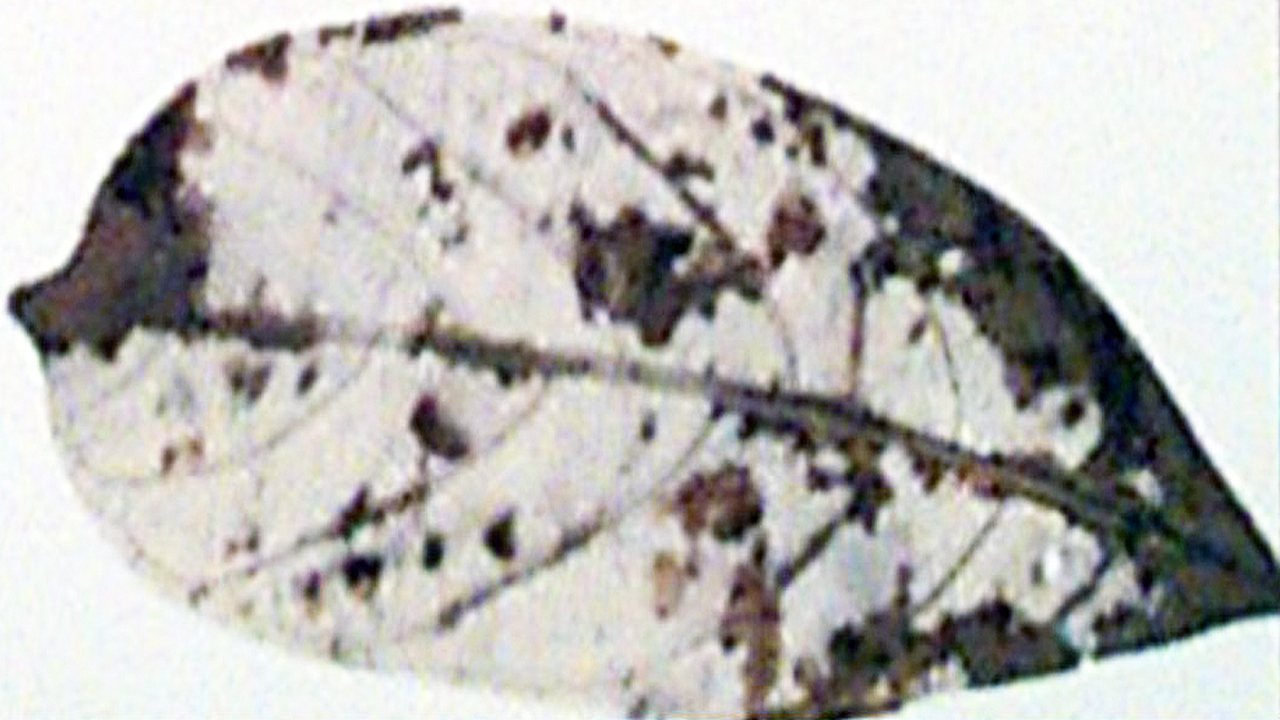


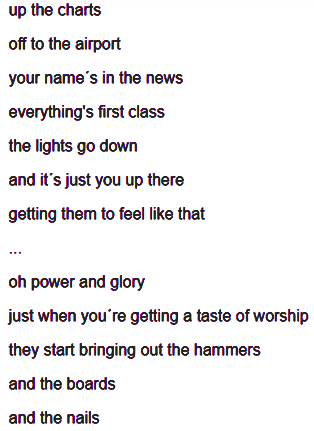
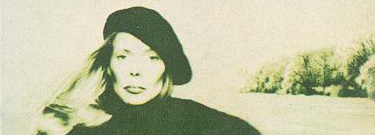





A canção da estrada
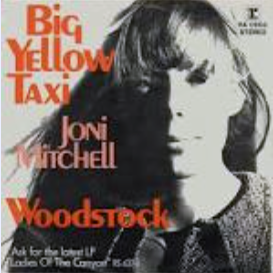
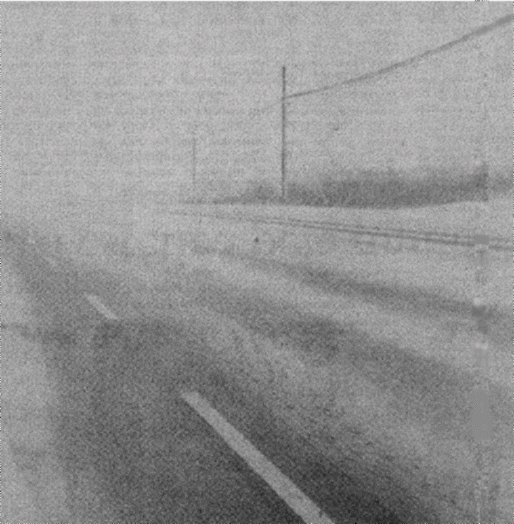
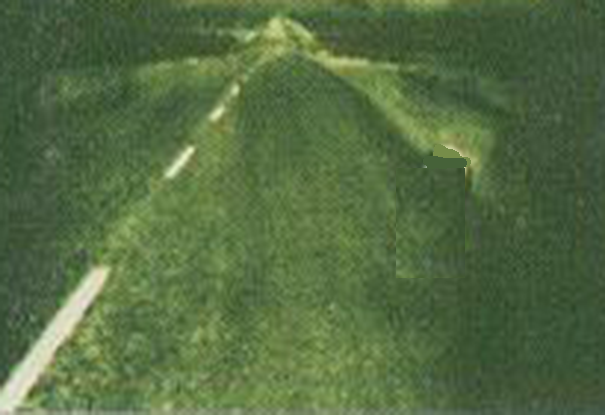 the white lines on the freeway tema
recorrente da vida de artista no país-continente do refúgio das
estradas do refúgio nas estradas rodoviárias aéreas e
ferroviárias, hoteis, moteis, cortinas, limusines, palcos,
holofotes, solidão
the white lines on the freeway tema
recorrente da vida de artista no país-continente do refúgio das
estradas do refúgio nas estradas rodoviárias aéreas e
ferroviárias, hoteis, moteis, cortinas, limusines, palcos,
holofotes, solidão
![]()
![]()
![]()
![]()
![]()
![]()
Faixas de dois discos com referências diretas ao tema fascinante do motor country, a motor home por excelência, o país sobre rodas e com asas, de que - de onde parte a melhor ficção da terra que alargou a fronteira de Leste a Oeste e de Norte a Sul de um oceano a outro, do Hemisfério Norte ao Hemisfério Sul, com o Canadá perfeitamente integrado quando se fala em termos de rock e do outro lado do rock,
a rotina feérica:
I took a ferry to the highway Then I drove to a pontoon plane I took a plane to a taxi And a taxi to a train I´ve been traveling so long How´s I ever going to know my home when I see it again - Black Crow;
rock de ponta a ponta seja ele Ludwig ou Brahms ou jazz, a par com a vida de artista (For Free, Freeman in Paris, For the Roses) e os homens (Willie, Blue, Coyote, Conversation - y´ name it) e mulheres (Amelia,Cherokee Louise).
Tema da contraparente Carole King com obsessão concentrada em uma pílula, So far away, em que a narradora que viaja - afinal sempre ausente - reclama das ausências.
Estrada, sina e rima e em
1984, quando viajava de carro com o marido Larry Klein, então
seu baixista e co-produtor, sofreu um acidente de que, segundo
ela, só escaparam porque estavam num big
car. O trauma foi imortalizado
pela artista em Dog Eat Dog.
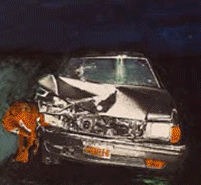
el cantor non tiene
residencia fija; su morada está donde la noche lo sorprende, su
fortuna en sus versos y su vos
Domingo Sarmiento:
Facundo - 1848
"running away with honor."
..." it's leaving the dream, no blame"
"A doce solidão de uma viagem solitária."
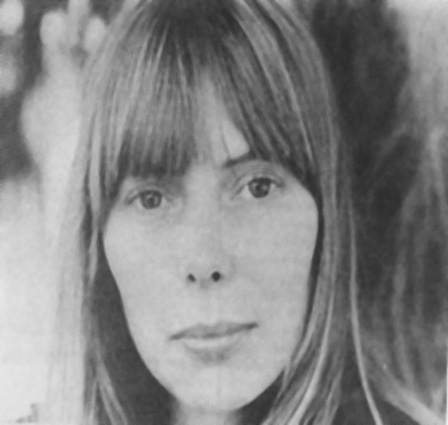

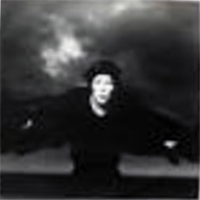
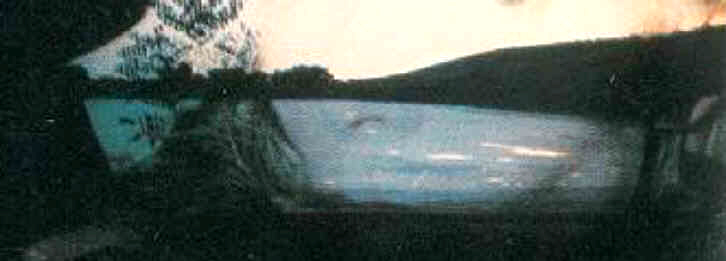
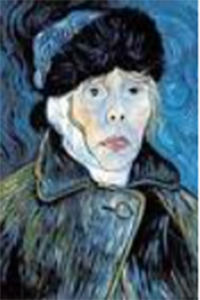
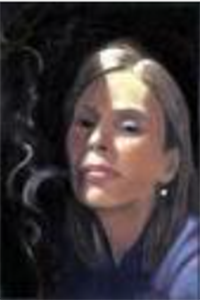
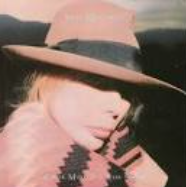


Numa madrugada de 1965 a cantora canadense Judy Collins recebe um telefonema do amigo novaiorquino Al Kooper, então tecladista do Blues Project e cunhando o icônico órgão eletrônico no som mais inovador de toda a carreira de Bob Dylan, entre Highway 61 Revisited e Blonde on Blonde. Al falava do Canadá, onde acabara de conhecer a jovem Joan Alberta Anderson, que lhe mostrara algumas composições de sua autoria que o deixaram fascinado. Joni casa-se em Toronto e se separa em três semanas de Chuck Mitchell, com quem entretanto viaja para Detroit, onde havia uma pequena colônia de artistas canadenses entre os quais Tom Rush, que não marca touca e inclui Urge for Going em seu repertório. Em pouco tempo Judy Collins gravava Michael From The Mountains e Both Sides Now, o primeiro e um dos maiores sucessos de Joni Mitchell.
Song to a seagull, o primeiro LP de Joni Mitchell (1968) , foi produzido por David Crosby, eminência do The Byrds, e quem toca baixo elétrico numa faixa é Stephen Stills, membro do Buffalo Springfield e amigo de Crosby. Mais do que coincidência, por toda a carreira a musicista, poeta e pintora cativa quantos (grandes) artesãos da música encontra pela estrada e vai armando o que em uma de suas primeiras obras chamou The Circle Game.
I could drink a case of you / And still be on my feet. Os dois versos de A Case Of You, que lançará em Blue (1971), são apenas um exemplo entre a miríade de casos poéticos avassaladores criados por uma criadora de casos íntimos e universais que é um dos maiores músicos do final do século XX, por si mesma e pelo Circle Game que vai armando em sua vida e carreira, de Crosby e Stills a Charles Mingus, Jaco Pastorius, Wayne Shorter e Herbie Hancock. Originais e versões de composições lançadas por terceiros no início da felizmente longa e venturosa estrada provam que a cantora, violonista e pianista é sua melhor intérprete. Sobre timbre de metal e extensão vocal rara, canta na base do malabarismo sobre um fio de arame, já muito madura, na passada do relato frenético de Talk to Me, em Don Juan´s Reckless Daughter, engata a cacarejar como a galinha (ela mesma) do relato, e comenta em balão de quadrinhos, pois o ouvinte do que poderia ser apenas um fio de voz perigosamente situada em registros de um wide range contralto de larguíssima abarangência e arriscando ainda mais em frequentes tergiversações do grave possível ao pico dos Himalaias, não raro em versos livres que a obrigam a esticar ou encolher como que aleatoriamente as melodias, quantas vezes sobre estruturas harmônicas assaz complexas e afinações de violão só dela, e como se não bastasse interpretando os relatos das letras (diálogos muitas vezes) em música com modulações vocais (ao cacarejo), fica de respiração suspensa à espera que descambe. O que nunca acontece. A récita de I Don´t Know Where I Stand, de Clouds, termina com Joni a vocalizar em trêmulo discreto a flauta. E Joni nunca produziu (auto-produziu, no seu caso, porque quase sempre se produz ou co-produz) um disco que não estivesse acima da média; entre 1968 e 78 disparou uma dezena de albums que se costuma chamar obras-primas.
Vale a imagem do malabarista também para a especificidade do que escreve e a cara de pau desconcertante com que revela como em um diário aberto sua privacidade - talvez a um passo mas sem alguma vez cair no pieguismo ou na vulgaridade, situando o ouvinte/leitor no epicentro da sua vida (à primeira vista, lá longe nos primórdios, insuspeitavelmente) vulcânica com um intimismo deveras intimidante - aliás, muito no gênero de outro conterrâneo celèbre, Leonard Cohen, que em 1970 lança à arena Songs of Love and Hate e, entre outras jóias, obras-primas da insanidade artística e humana como The Butcher. Joni, não. Talvez por seu Circle Game - sua távola redonda ou o que fosse - inicial se formar entre cavaleiros muito cavalheiros, ou quem sabe por delicadeza, canta como se as experiências por que passa não deixassem grandes ferimentos e cada situação nova seja não mais uma mas a que precede as que estão para vir.
A painter derrailed by circunstance, Joni cumpre em narrativa literária o programa de Anaïs Nin, em registros de intimidade intimidante e intimidatória derrama-se nos diários e nos auto-retratos que periodicamente publica nas capas de seus discos, os diferentes volumes dos seus diários de bordo, na estrada onipresente entre refúgios em MOteis em que expõe a criação da ida sem volta, em vida, da vida de uma jovem educada conforme o figurino, como se vê na terceira faceta de sua vida de artista - a música é o centro e que desenvolve à medida que amadurece a partir de bases sólidas que são as que revela na adolescência de Chelsea Morning e Both Sides Now: plenamente capacitada para a música e para a poesia ou crônica e como desenhista e pintora. Expõe-se a nu e insolente e altiva, dona de si, do verbo e do som em floração orgânica e sem peias, individuada, esteticamente descentrada, erotizada, intimidatória até nos riscos que corre sem correr, de descambar no vulgar ou escorregar em vocalises de matar ou morrer que envolve - em ambos os casos - intimidatoriamente a contraparte, amante ou ouvinte.
Eloquente e exustiva, do que quer que fale sobre sua vida de artista e mulher dos pós-guerras de guerras, cinismo e destruição.
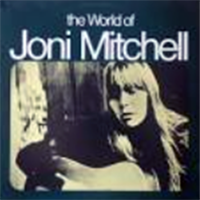 .............
.............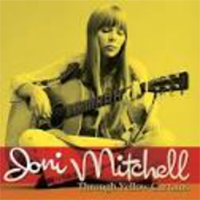
|
..I Came To The City...
|
Out Of The City
And Down To The Seaside...
|
|---|
Ladies of the Canyon, em que já
entra de gozação com a nova vizinhança de Los Angeles, para onde
se muda de Nova York Laurel Canyon, a grande e bela comunidade de
Crosby, Mama Cass, the Monkeys, Frank Zappa e Captain Beefheart
(... ), entre outros zil, após os primeiros sucessos, off Sunset
Boulevard, é o disco em que Joni Mitchell passa a burilar com o
sangue frio, talento, perspicácia, perseverança, determinação e a
firmeza que lhe seria muito peculiar a tessitura e a trama da
música além da forma de balada ou canção e que muitas vezes (Coyote,
de 1976, por exemplo, também só como um exemplo entre muitos) soa
disforme, em peças de estilo muito próprio e PECULIARES. De Joni
Mitchell.
A estrutura das canções, que serve a textos magistralmente
articulados e burilados (Both Sides Now, Circle Game...),
passa a servir a narrativas caudalosas e intrincadas em estilo
livre, que esboçam sua inclinação para a linguagem do jazz e além,
fundando em Hejira uma estética arrojada e despojada irmã
da liberdade formal e da riqueza cromática de Weather Report (Mingus),
dilatando o léxico de tema e forma, e de Blue chega ao(s) blues e
Old Furry Sings the Blues, Hotel Room Blues
e Goodbye Pork-Pie Hat, em timbres muitíssimo amplos e nos
agudos muito louros, muito loucos, como dirá em Mingus now we
are black and white e uma década depois now we are black
and white in the flashy (anywhere´s) night.
E já no alvorecer da longa jornada (38 anos de discos e shows), em
For Free, com Paul Horn soprando delicado um clarinete de
doer e que na origem da canção era o do kevin-ayersiano Lol
Coxhill, Woodstock, Big Yellow Taxi - they
paved paradise and put up a parking lot -, Urge for
Going, The Circle Game, Willie, mostra que,
contra todas as aparências, Joan / Joni não veio ao mundo apenas
para as baladas (Ou Goodbye Pork- Pie Hat). For the
roses, 1972:
|
|
|---|
![]()
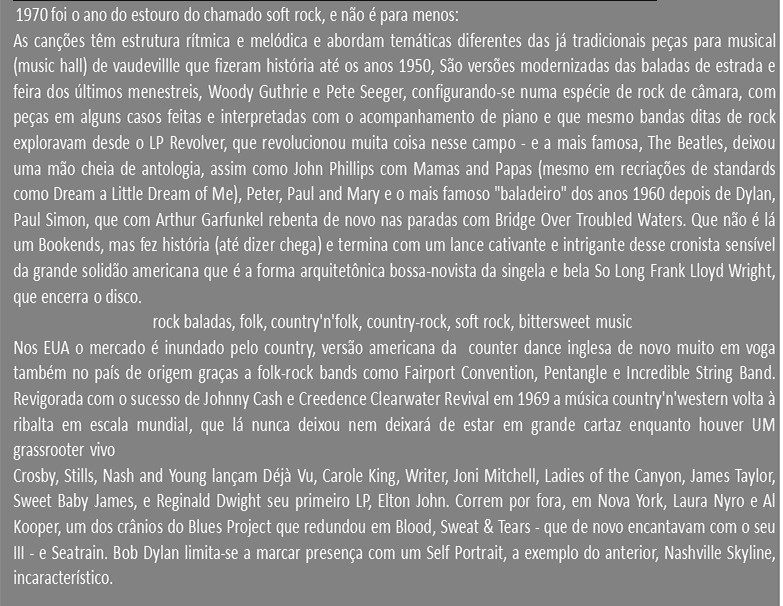
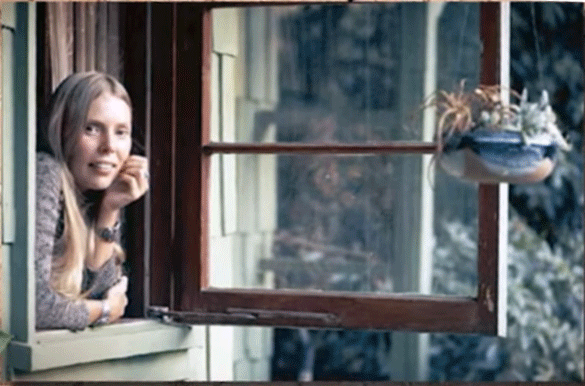
C A N A D I A N C O N N E C T I O N
The
Last Waltz 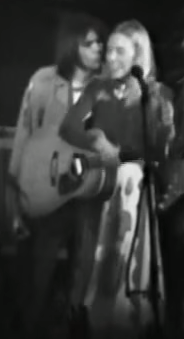
|
Canadian
Connection no Circle Game do rock - ou que lhe pareça
- deu ao mesmo forte impulso para a transcendência:
The Band, Judy Collins, Tom Paxton, Leonard
Cohen, Neil Young, a que em 1970 se junta e passa como
um meteoro Melanie Safka (Lay Down e Beautiful
People). Óbvio, The Last Waltz, Martin Scorsese. The
last Band.
|
|---|
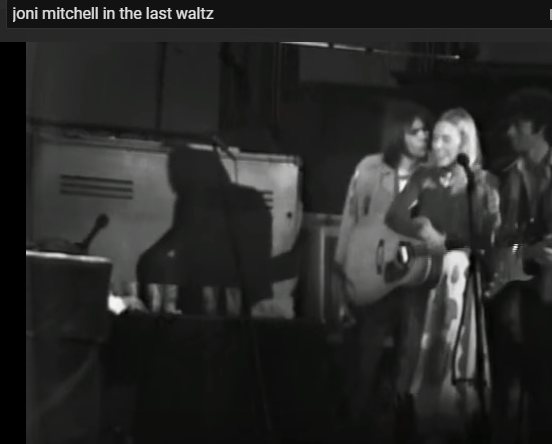
Laura Nyro, Joni Mitchell
Joni Mitchell described Nyro as
'holy wine in the bloodstream'. Nyro's track 'Captain for Dark
Mornings' is one of Mitchell's top ten ever.
''vinho sagrado na corrente sanguínea''
Eli and the Thirtheenth Confession, seu disco de 1969, em muitas passagens baseado em piano e voz (vocais também incluídos) parece prenúncio da grande arte composicional da canção como ex-canção ou base de um trabalho de muitas variáveis e variações e vocal (e vocal - os vocais de Laura Nyro são eles também fora-de-série em timbre, extensão e audácia) de Joni Mitchell.
her 1993 album Walk the Dog and Light the Light in particular gaining much acclaim, co-produzido por Gary Katz, o mago do Steely Dan & many others. Curioso é q em 1993 ela ecoa Joni Mitchell em várias ocasiões nesse GRANDE DISCO.
revoluciomnibus.com/pop-Laura_Nyro.html
Diz (Joni Mitchell A Life Story: Woman of Heart and Mind Full DVD acessado em setembro 2020 ) que de início como hobby imitava Joan Baez e Juddy Collins (que a lançou com o nº 1 hit Both Sides Now) e de saída na carreira topou com Laura Nyro (Captain for dark mornings) e seu revolucionário estilo livre de cantar e compor canções e assume a ponta Route 1970s afora, quando a estrela de Nyro brilhou em outras áreas, numa de outsider, que Joni é a seu modo e torna-se ela mesma um astro e sensacional variante de grande cantora e intérprete, compositora, letrista, instrumentista (piano e guitar) e cover (e cover-up) designer.
helped
define an era and a generation
Joni Mitchell: resumo biográfico convencional em https://en.wikipedia.org/wiki/Joni_Mitchell
Roberta Joan "Joni" Mitchell, (nee Anderson; born November 7, 194 3) is a Canadian singer-songwriter and painter. Mitchell began singing in small nightclubs in Saskatchewan and Western Canada and then busking in the streets and dives of Toronto. In 1905, she moved to the United States and began touring. Some of her original songs ("Urge for Going", "Chelsea Morning", "Both Sides, How ", "The Circle Game ") were covered by folk singers, allowing her to sign with Reprise Records and record her debut album in 1968. Settling in Southern California, Mitchell, with popular songs like "Big Yellow Taxi" and "Woodstock", helped define an era and a generation. Her 1971 recording Blue was rated the 3Oth best album ever made in Rolling Stone's list of the "500 Greatest albums ofTil Time". Joni switched labels and began mowing toward jazz rhythms by way of lush pop textures on 1971's Court and Spark, her best-selling LP. featuring the radio hits "Help Me " and "Free Man in Paris"
Her wide-ranging contralto vocals and distinctive open-tuned guitar and piano compositions grew more harmonically and rhythmically complex as she explored jazz, melding it with influences of rock and roll, R&B, classical music, and non-western beats. In the late 197Os, she begem working closely with noted jazz musicians, among them Jaco Pastorius, Wayne Shorter, Herbie Hancock, Pat Metheny, and Charles Mingus, who asked her to collaborate on his final recordings. She turned again toward pop, embraced elecTronic music, and engaged in political protest.
She is the sole record producer credited on most of her albums, including all her work in the 1970s.
With roots in visual art, she has designed her own album art work throughout her career. A blunt critic of the music industry, she quit touring and released her 17th, and reportedly last, album of original songs in 2007. She describes herself as a "painter derailed by circumstance".
Joni has deeply influenced fellow musicians in a diverse range of genres, and her work is highly respected by critics. AllMusic said, "When the dust settles, Joni Mitchell may stand as the most important and influential female recording artist of the late 2Oth century ", and Rolling Stone called her "one of the greatest songwriters ever". Her lyrics are noted for their developed poetics, addressing social and environment ideals alongside personal feelings of romantic longing, confusion, disillusion, and joy.Joni Mitchell: discografia
...................... álbuns de estúdio
1968 Song to a Seagull
1969 Clouds
1970 Ladies of the Canyon
1971 Blue
1972 For the Roses
1974 Court and Spark
1975 The Hissing of Summer Lawns
1976 Hejira
1977 Don Juan´s Reckless Daughter
1979 Mingus
1982 Wild Things Run Fast
1985 Dog Eat Dog
1988 Chalk Mark in a Rain Storm
1991 Night Ride Home
1994 Turbulent Indigo
1998 Taming the Tiger
2000 Both Sides Now
2002 Travelogue
2007 Shine
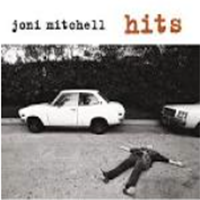 ................ ................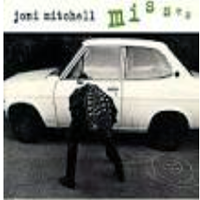 |
|---|

|
A
CANÇÃO
https://en.wikipedia.org/wiki/Hejira |
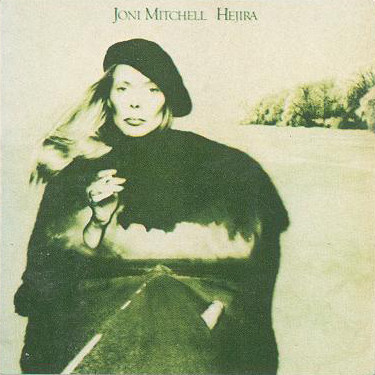 |
|---|
|
According to Mitchell, the album was
written during or after three journeys she took in late
1975 and the first half of 1976. The first was a stint as
a member of Bob Dylan's Rolling Thunder Revue in
late 1975. During this time period, she became a frequent cocaine user,
and it would take several years for her to kick the
addiction. After not performing live since 2002,
Mitchell played "Furry Sings the Blues" (as well as "Don't
Interrupt the Sorrow" from The Hissing of
Summer Lawns and "Woodstock" from Ladies of the
Canyon) during her birthday tribute at Massey
Hall on June 18 and 19, 2013. This was
Mitchell's final public performance to date. |
Segundo Joni Mitchell o álbum foi
escrito durante e depoiis de três viagens que fez no
final de 1975 e na primeira metade de 1976. A primeira
foi como membro da Rolling Thunder Revue
de Bob Dylan no final de 1975. Nesse período ela fez uso
frequente de cocaína, e levaria anos para por fim ao
vício. Em fevereiro de 1976 Joni estava escalada para
uma série de seis semanas de shows Estados Unidos fora
para promover The Hissing of Summer Lawns. No
entanto a relação de Joni e o namorado John Guerin
(baterista na série de datas) crispou, talvez devido ao
envolvimento de Joni com Sam Shepard durante a Rolling
Thunder Revue. A tensão cjegou ao ponto de fazer com que
a tour fosse abandonada a meio caminho. After not performing
live since 2002, Mitchell played "Furry Sings the Blues"
(as well as "Don't Interrupt the Sorrow" from The Hissing of
Summer Lawns and "Woodstock" from Ladies of the
Canyon) during her birthday tribute
at Massey Hall on June 18
and 19, 2013. This was Mitchell's final public
performance to date. |
|---|
Don Juan´s Reckless Daughter 1977
|
|
|---|
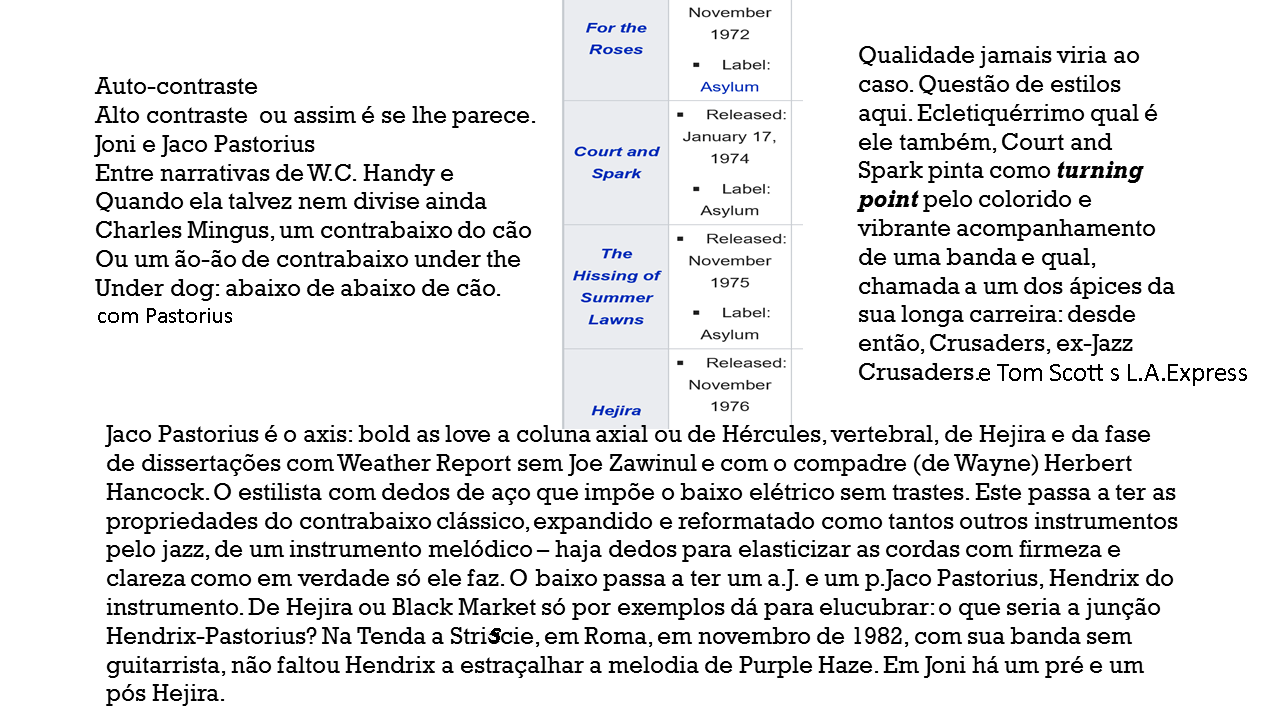
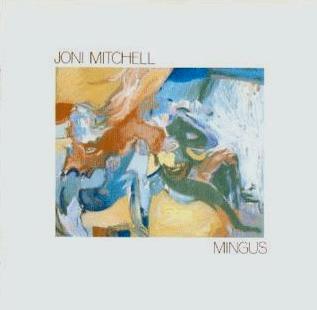
JONI MITCHELL
RUNS FAST
1970
O sonho acabou. Viva Miles, John McLaughlin's Mahavishnu Orchestra e Shakti, Santana Caravanserai Borboletta e Devadip Carlos Santana / Alice Coltrane Illuminations, e Weather Report! Um ou outro Dylan magistral com The Band & Blood On The Tracks, um pouco de Bowie aqui, um punhado de Brian Eno ali, John Cale (Paris 1919), Kevin Ayers (Shooting at the Moon, Whatevershebringswesing, Bananamour), The Yes Album, Led Zeppelin III e IV, pelo menos, qualquer Clapton, TUDO o que Francesco Zappa e Joni Mitchell (com ou sem parte de The Crusaders, Jaco Pastorius, Wayne Shorter, Herbie Hancock, Peter Erskine, Charles Mingus, não é coisa pouca) produziram.
transitions
1968 Song to a Seagull
1969 Clouds
1970 Ladies of the Canyon
1971 Blue
transition
1972 For the Roses
1974 Court and Spark
1975 The Hissing of Summer Lawns
transition
1976 Hejira
1977 Don Juan´s Reckless Daughter
1979 Mingus
transition
represents her departure from jazz to a more 1980s pop
sound
80s saturated work
1982 Wild Things Run Fast
1985 Dog Eat Dog
1988 Chalk Mark in a Rain Storm
transition
Joni Mitchell would gradually return to a more organic
approach similier to her mid-70s sound
1991 Night Ride Home
1994 Turbulent Indigo
1998 Taming the Tiger
transition
2000 Both Sides Now
2002 Travelogue
2007 Shine
transitions
de Al Kooper & Steve Katz
transition
1976 Hejira
1977 Don Juan´s Reckless Daughter
1979 Mingus
Além de Mingus, Shorter, Hancock, Pastorius, uma constante importante subestimada: Steve Katz, co-fundador com Al Kooper de Blues Project e Blood Sweat & Tears na co-produção e mixagem dos três registros da dita sua era do jazz

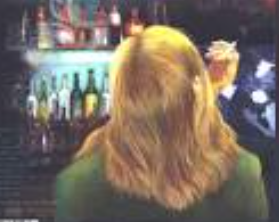

revoluciomnibus.com



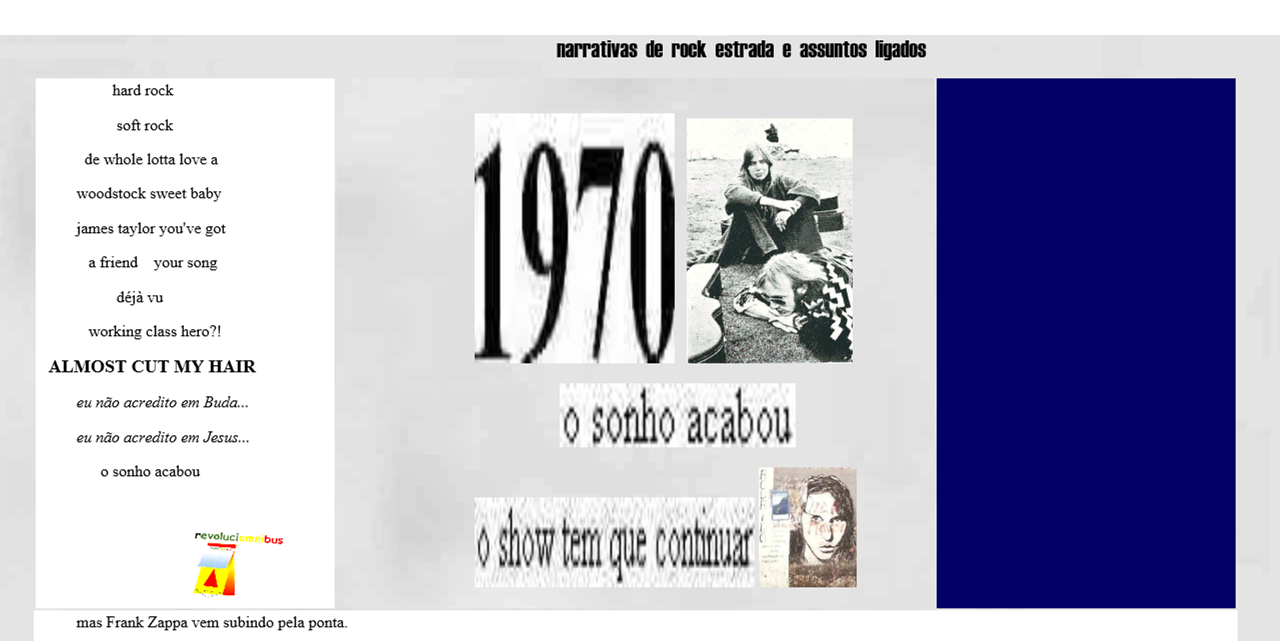
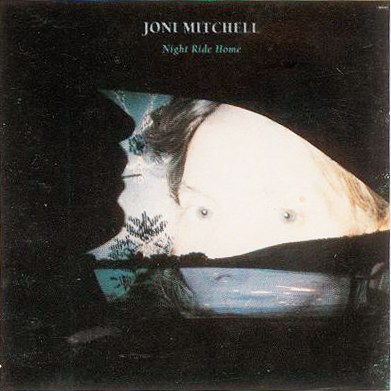
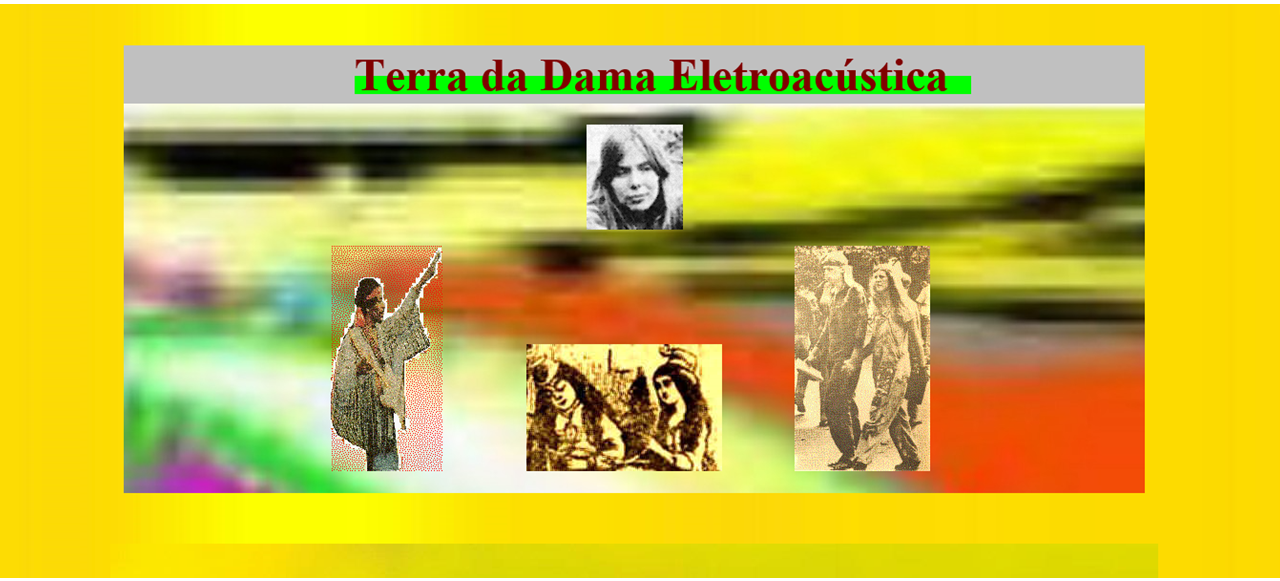
 .
.
Joni Mitchell no Dick Cavett Show, em Nova York, em que também se apresentaram David Crosby, Stephen Stills e Jefferson Airplane, segunda-feira 17 de agosto de 1969, day after de Woodstock, quando Crosby e Stills lhe contaram o que sentiram no evento a que chegaram com Nash e Young de helicóptero e que ela perdeu porque o engarrafamento na região da fazenda de Max Yasgur não agourava boa coisa e ela achou melhor ficar em Nova York descansando para a que seria a sua primeira live appearance em rede nacional de TV. Anyway Joni lá captou o espírito. Woodstock foi probably the strangest thing that happened in the world, como Crosby descreveu a Cavett, relato que deu o mote para a reportagem transcendental da companheira.
em revoluciomnibus.com/DeWoodstockaoMcRock.htm

it's
a new dawn, diz em
verdade a Slick numa tirada de duplo sentido antes do marido
Kantner atacar a introdução de Volunteers o hino de Woodstock
do voluntariado pela paz e contra a guerra - que sem imagens
só se entende pela poderosa metáfora produzida
pelo acaso a partir do espírito geral da coisa, do palco para
o público e vice-versa, todos volunteers of America contra a
guerra.
essa coisa tão a despropósito como a viagem de multidões da "maior minoria" que o mundo já viu, florida, risonha e alegre apesar dos pesares, fazendo um furor tal no seu "regresso às origens" que obrigou a maioria a quedar-se silenciosa e embasbacada com tanto desplante - jovens nus e peludos como macacos - isso é que era regressão
Woodstock foi celebrado, e com razão, principalmente pela atitude que o caracterizou - um espírito de cooperação voluntária, tolerância e companheirismo.
A nova geração celebrou na chuva, ao som de grupos de rock, sua vitória sobre a geração anterior. Um triunfo contra as invenções demoníacas dos caretas, o trabalho, o dinheiro e o serviço militar obrigatório.
Segundo Eisen (Jonathan Eisen em
Altamont: Death of Innocence in the Woodstock Nation),
citado por Luís Carlos Maciel (Nova Consciência) a comunidade
hippie ainda não existe porque até aqui não conseguiu criar novas
instituições capazes de enfrentar o aparato repressivo que a
cerca, asfixia e finalmente neurotiza. Contentou-se com ilusões
róseas mas de vida curta e a grande ilusão de Woodstock só poderia
resultar na realidade
decepcionante de Altamont.
Paulo
Francis escreveu sobre "a nação de Woodstock" que os jovens
daquela geração teriam abandonado os ideais "américanos"
clássicos, fazer negócio, ganhar dinheiro e competir com teu
irmão (o que há, realmente) e se entregando ao desbunde, do todo
mundo nu, da maconha, do "hippismo", da vagabundagem jovem e
fraterna. Time deu também uma capa sobre as "crianças flor" de
Haight Ashbury, da suposta geração "paz e amor". Fortune, da
mesma empresa, mais interessantemente, deu uma história em que
identificara por pesquisa 1,2 milhão de jovens,
filhos de ricos, que não queriam seguir os pais nos negócios,
que queriam "drop out", sair da sociedade competitiva, da "rat
race", da corrida de ratos, que é os EUA. E se declararam de
esquerda.
E o que aconteceu com o sonho? E o que aconteceu com toda aquela coisa hippie?
E Woodstock - Joni Mitchell, é A reportagem e síntese do espírito da entrada na chamada Era de Aquário. O relato de Crosby Stills Nash and Young do que viram e sentiram lá foi a base do script para a apurada sensibilidade e visão da moça, uma grande repórter, como sabemos. Fantasia (nos dois sentidos) e esoterismo é mato então:
Woodstock
Joni Mitchell
I came upon a child of god
He was walking along the road
And I asked him, where are you going
And this he told me
I'm going on down to Yasgur's farm
I'm going to join in a rock 'n' roll band
I'm going to camp out on the land
I'm going to try an' get my soul free
We are stardust
We are golden
And we've got to get ourselves
Back to the garden
Then can I walk beside you
I have come here to lose the smog
And I feel to be a cog in something turning
Well maybe it is just the time of year
Or maybe it's the time of man
I don't know who l am
But you know life is for learning
We are stardust
We are golden
And we've got to get ourselves
Back to the garden
By the time we got to Woodstock
We were half a million strong
And everywhere there was song and celebration
And I dreamed I saw the bombers
Riding shotgun in the sky
And they were turning into butterflies
Above our nation
We are stardust
Billion year old carbon
We are golden
Caught in the devil's bargain
And we've got to get ourselves
Back to the garden
Joni Mitchell....
Travelogue 1969 - 2007.De Woodstock a Strong and Wrong.
|
|---|

I'm a runaway from the record biz
Taming the Tiger ( you can´t tame a tiger)
I stepped outside to breathe the air
And stare up at the stars
Big dipper hanging there
Over the rented car Over the rented car
I'm a runaway from the record biz
From the hoods in the hood and the whiny white kids
Boring!
The old man is snoring
And I'm taming the tiger
(You can't tame the tiger)
Tiger, tiger burning bright
Nice, kitty kitty
Tiger, tiger burning brightSophia says "It's hard to catch
And harder still to ride
The time to watch the beast the best
Is when it's purring at your side"
Purring at your side
Accolades and honors
One false move and you're a goner
Boring!
The old man is snoring
And I'm taming the tiger
(You can't tame the tiger)
Tiger, tiger burning bright
Nice, kitty kitty
Tiger, tiger burning bright In the forest of the nightThe moon shed light
On my hopeless plight
As the radio blared so bland
Every disc, a poker chip
Every song just a one night stand
Formula music, girly guile
Genuine junk food for juveniles
Up and down the dial
Mercenary styleI watched the stars chuck down their spears
And a plane went blinking by
And I thought of Anna
Wild and dear
Like fireworks in the sky
Fireworks in the sky I'm so sick of this game
It's hip, it's hot
Life's too short, the whole thing's gotten
Boring!
The old man is snoring
And I'm taming the tiger
(You can't tame the tiger)
Tiger, tiger burning bright
Nice, kitty kitty
(Boring!)
Tiger, tiger burning bright
(You can't tame the tiger)
Oh, be nice, kitty kitty
(Boring!)
Tiger, tiger burning bright Nice, kitty kitty
(Boring, boring!)
Tiger, tiger burning bright
(Fight to the light, fight to the light)
In the forest of the nightTaming the Tiger Joni Mitchell 1998
https://www.youtube.com/watch?v=1g8RZw6rpeE&list=PLPaztBWnatcgPtCTI9k5QiPlnA79aIKxf&index=6
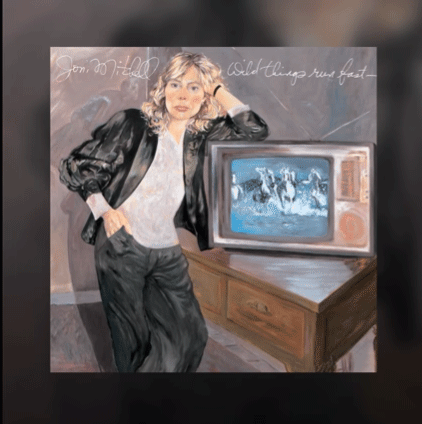

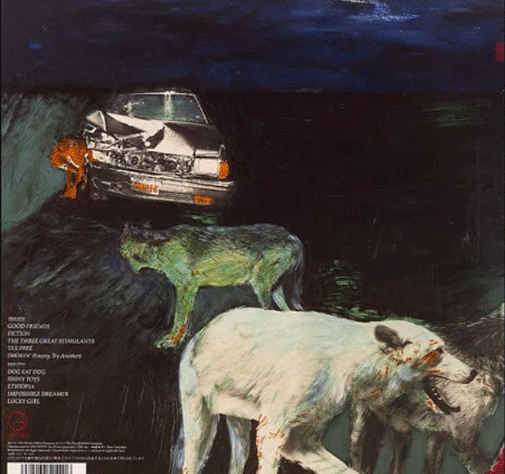
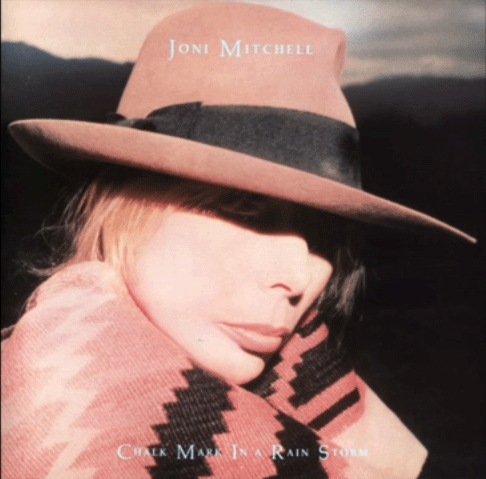
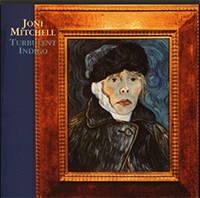
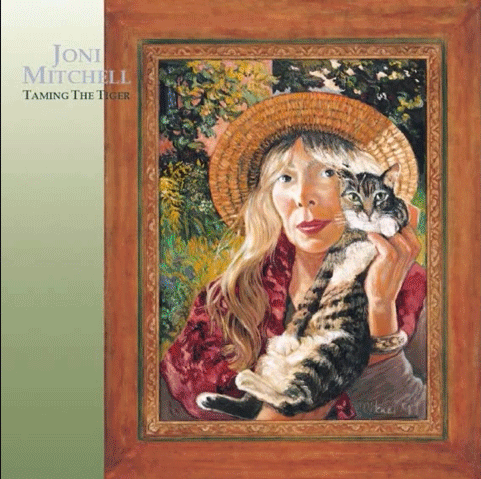


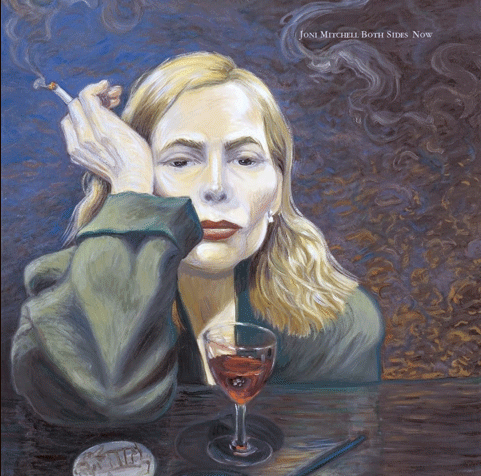

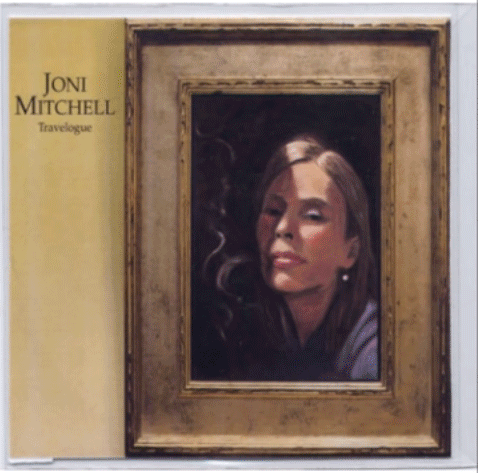
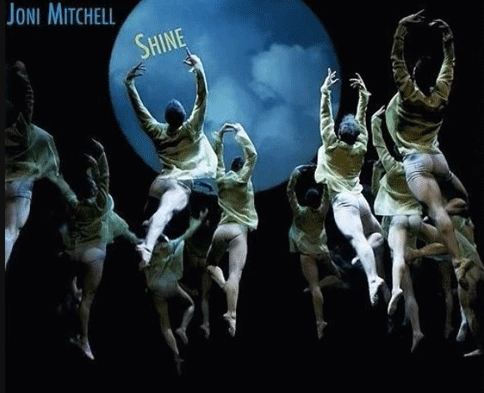
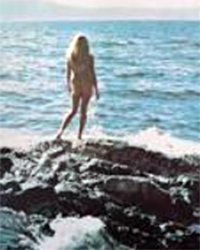






.
Sounds familiar
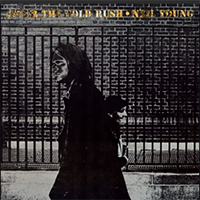
After the gold rush
Sounds familiar 1970
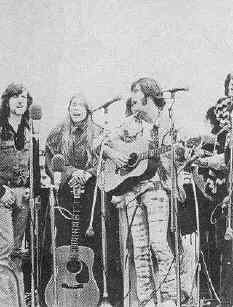
Nash Mitchell Sebastian
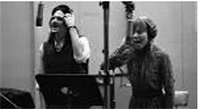
James Taylor & Joni Mitchell
Sounds familiar 1971

Joni e Stills em uma ilha
Sounds familiar 1972

Crosby
A canção da estrada


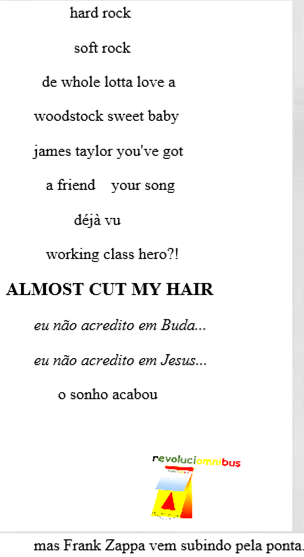


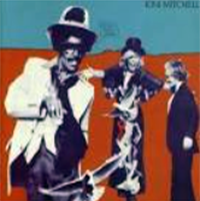

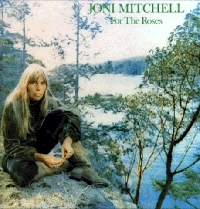
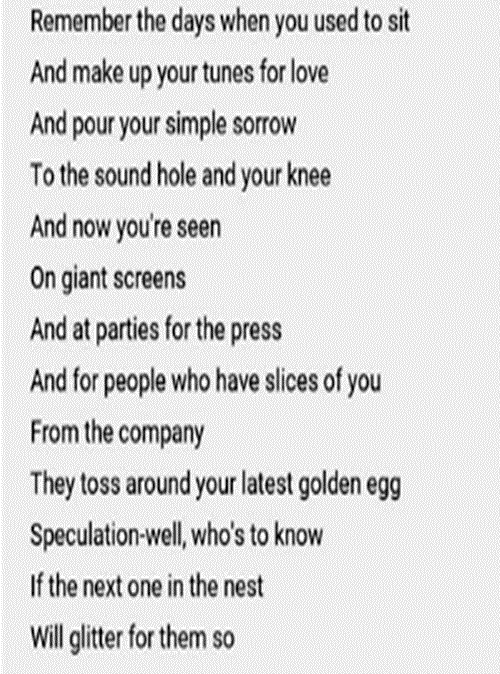
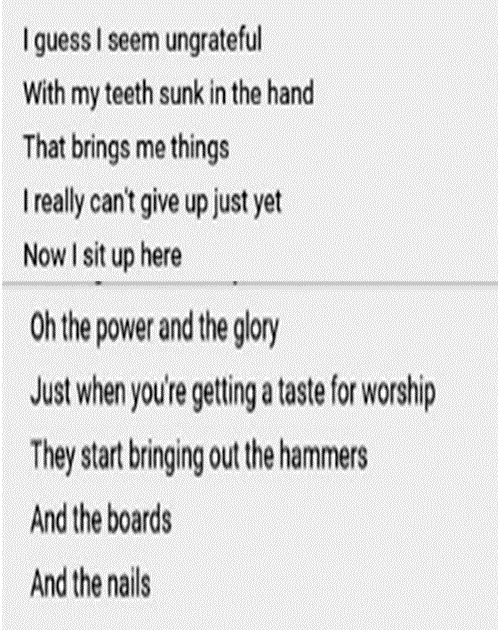
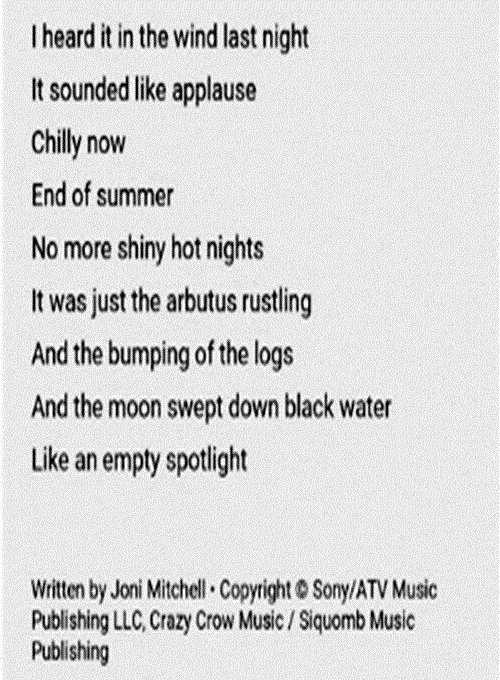
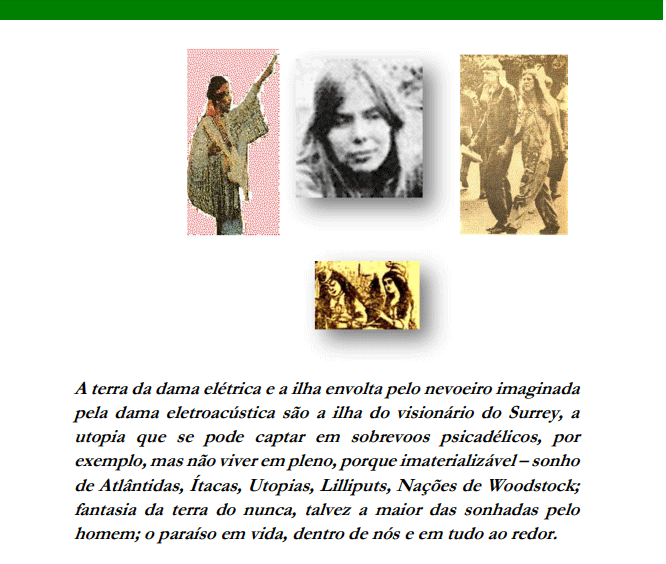

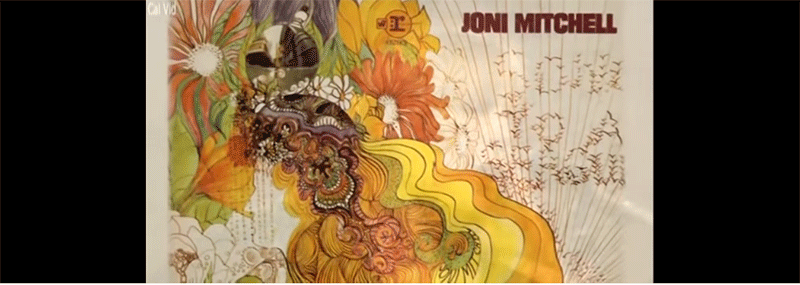
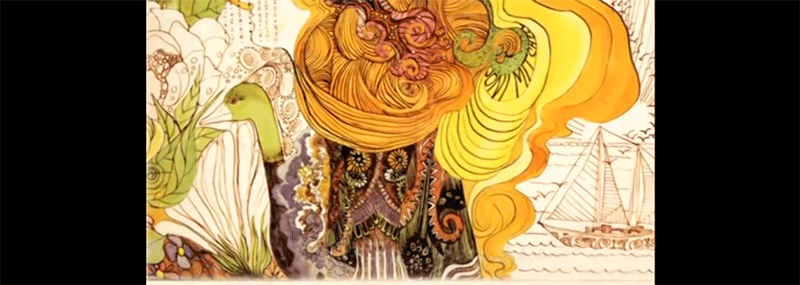






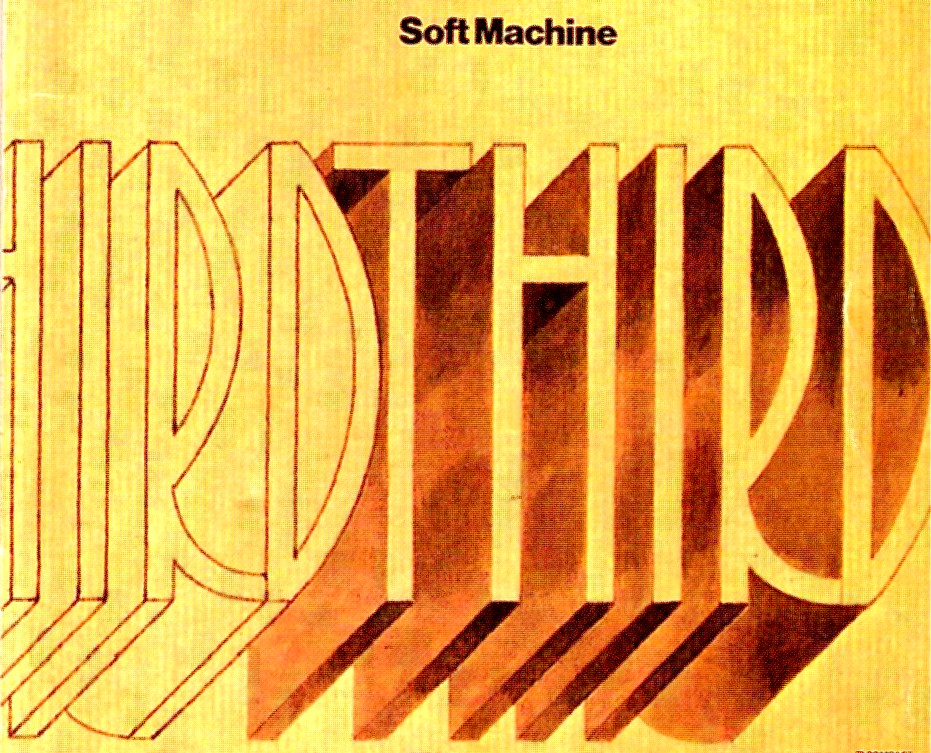

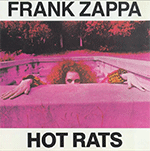
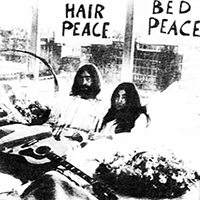

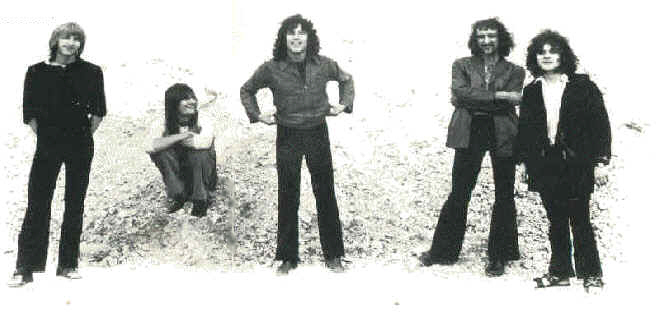
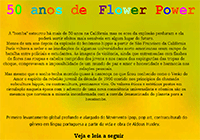
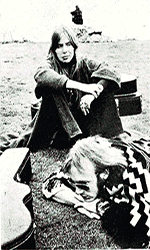
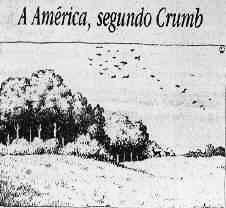




 TM
TM
 TM
TM